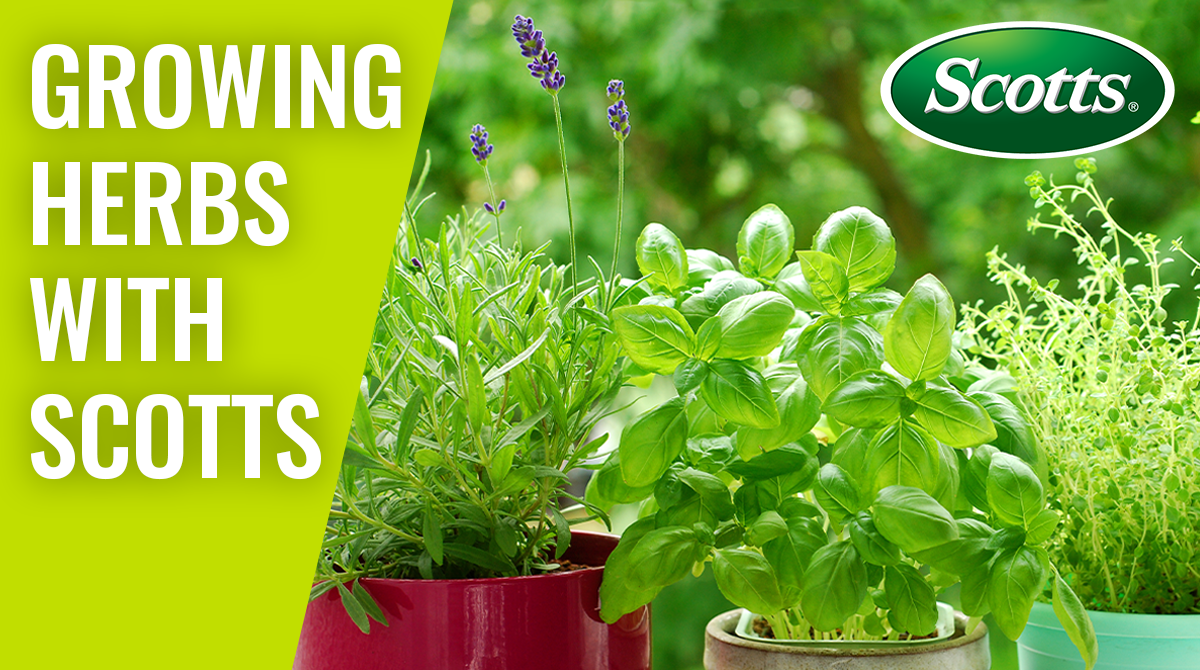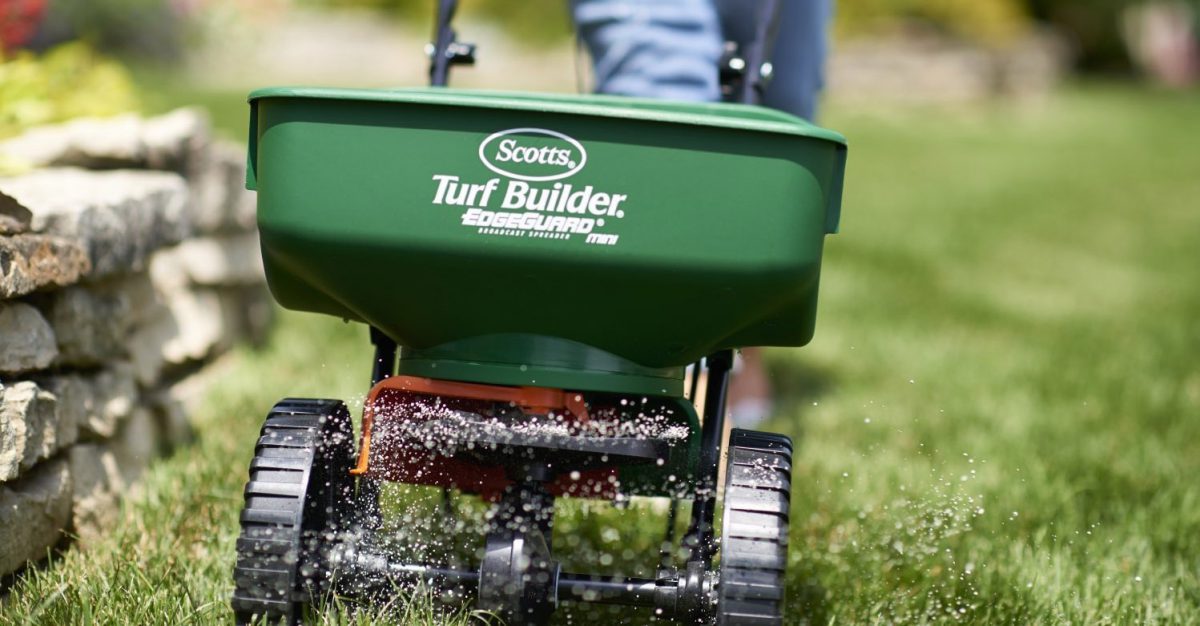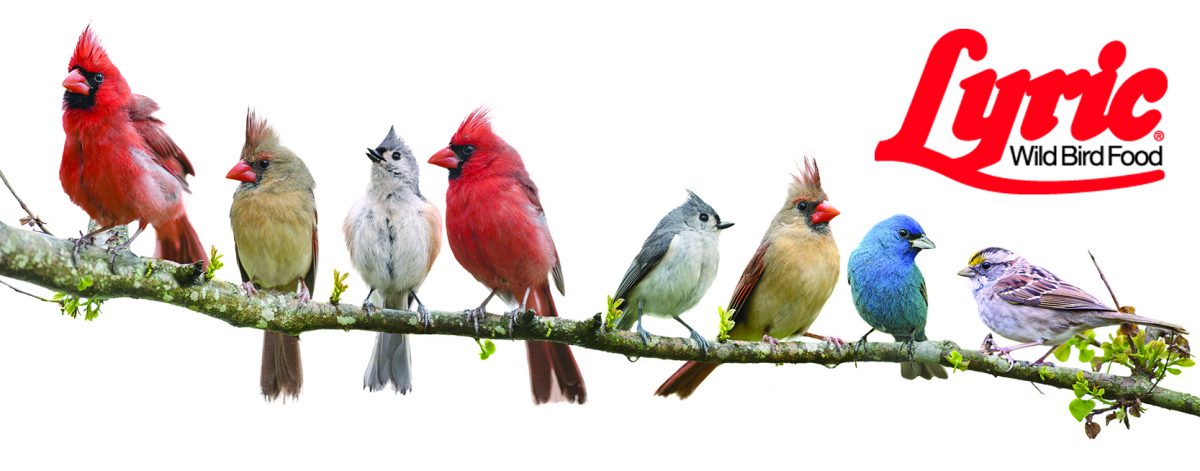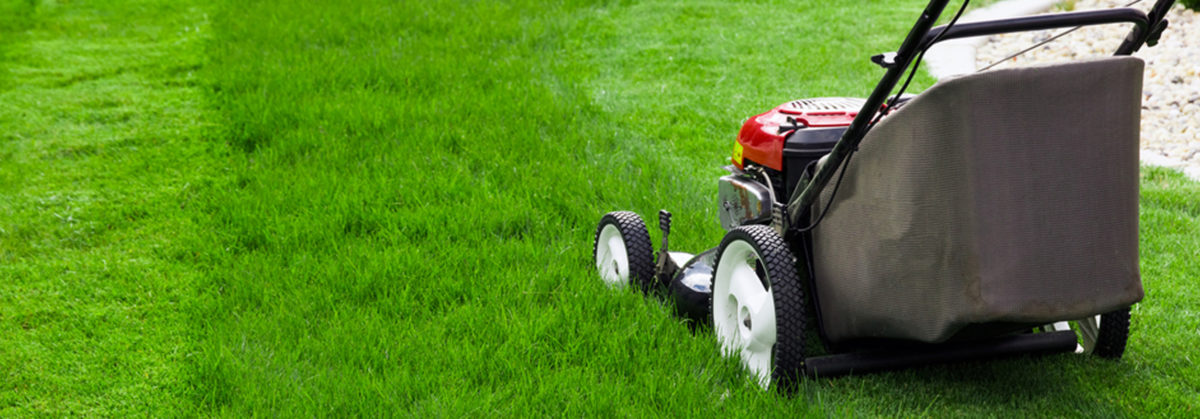Growing Herbs: The Garden That Keeps On Giving
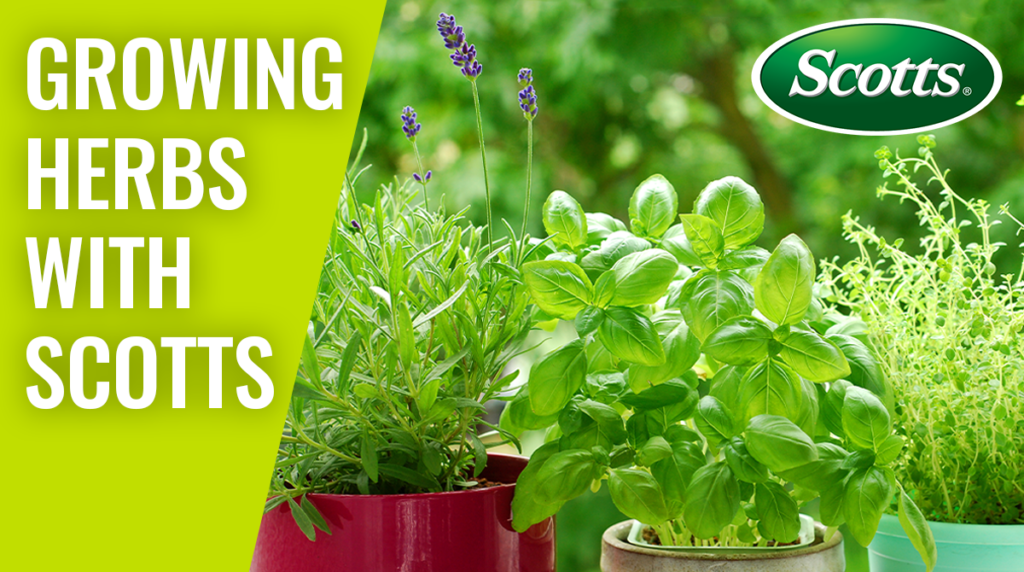
Here are some easy tips for growing these (almost) carefree, flavorful plants.
1. An Easy & Edible Garden

Herbs provide beauty and fragrance in the garden and abundant flavor in your kitchen. Most herbs are easy to grow and, once planted, require little care besides watering and harvesting. So, if you’re just getting started with an edible garden, herbs are a great place to start.
2. Bright Sun for Happy Herbs

Most herbs grow best in full sun. Plant your herbs where they will receive at least 6 to 8 hours of direct sunlight each day. Annual herbs like basil and dill can be planted alongside vegetables or perennial herbs in the vegetable garden. For perennial herbs such as oregano, thyme and sage, it’s best to create a dedicated herb garden. If you’re looking to grow herbs inside, follow the steps in our article “Grow Herbs Indoors.”
3. Grow Smart
Herbs grow best in soil that drains well and is rich in nutrition, and adding organic matter helps immensely with both of those characteristics. A super-simple way to add top-quality organic matter is to blend Miracle-Gro® Performance Organics® All Purpose In-Ground Soil in with your native soil or fill the pots in your container garden with Miracle-Gro® Performance Organics® All Purpose Container Mix. Both are enriched with aged compost, providing just the right nutrition and root environment to support lots of vigorous growth. Then, keep the growth coming in a big way throughout the season by feeding herbs with Miracle-Gro® Performance Organics® Edibles Plant Nutrition. Apply every week starting a month after planting your herbs. Make sure to follow directions!
4. Watch the Water

While herbs appreciate water during especially hot or dry weather, don’t overdo it. Overwatering herbs such as rosemary and thyme, which come from drier places in the world, can lead to root rot diseases. And just as with too much plant food, too much water may cause too much growth while diluting flavor. Soak the soil thoroughly, and let the soil dry out in between soakings. If the soil is moist two inches below the soil line, wait a few more days to water.
5. Harvest Often!
Your herbs will thrive if you trim them often. That’s right—the more you cut, the more they’ll grow! (Just be careful not to remove more than 1/3 of the plant when you harvest.) Be sure to remove any flowers as soon as they appear, or your plants will stop focusing their energy on tasty growth and you’ll have to pull them…or leave them for the pollinators to enjoy.

